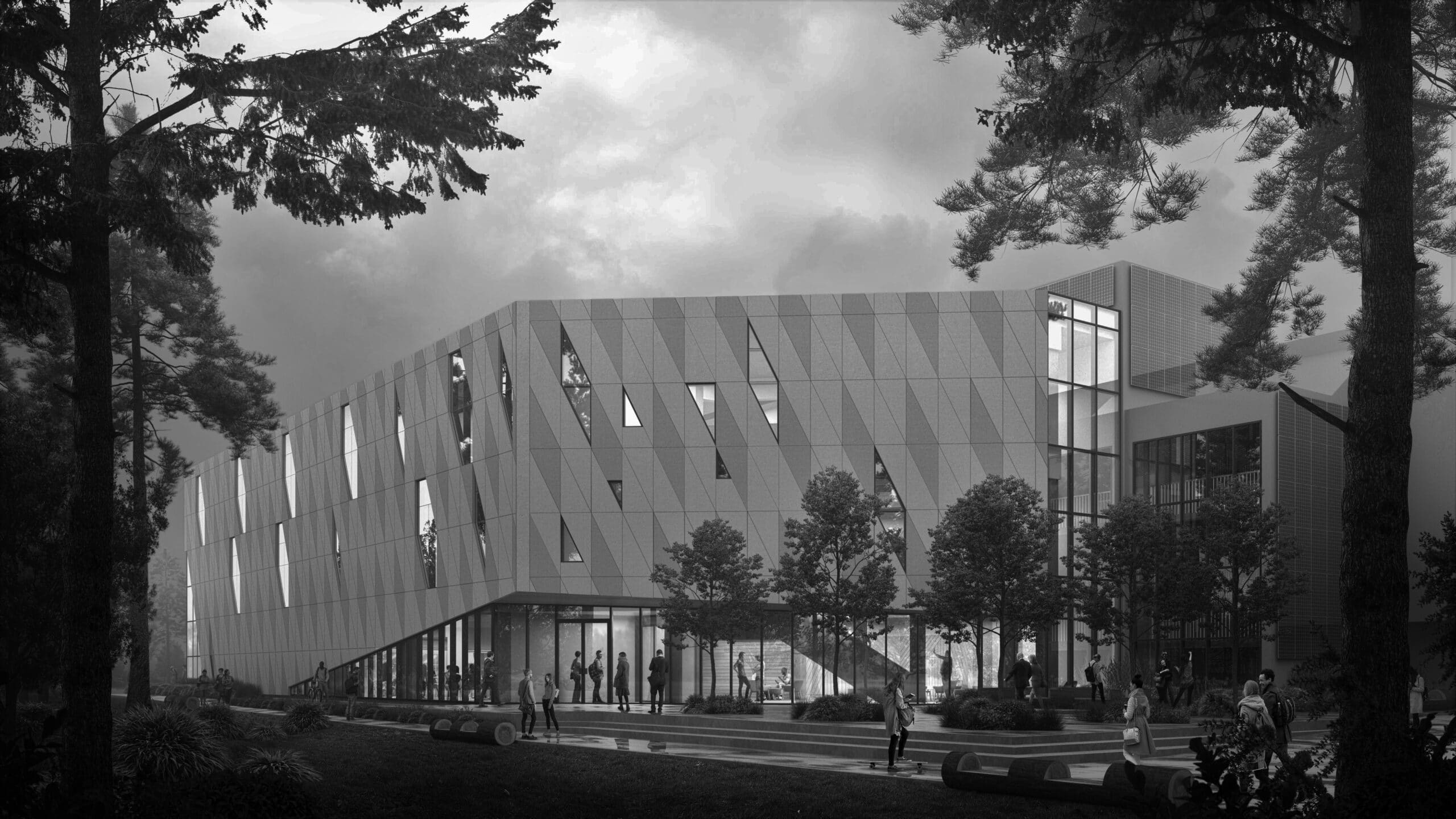Path to Zero
Climate change has made carbon, and how to address it, a business priority.
- Theme
- Green Building
While there is a full spectrum of sustainability within green building, in this critical decade for climate action, carbon is king. The shift is most evident in the commercial real estate sector, where decisive action on carbon emissions is now a critical business priority.
Evolving market demands have building owners and developers prioritizing carbon reductions to enhance and safeguard their building assets and investments. Transformative pressures – from the need for climate solutions, to the popularity of ESG standards and reporting requirements, as well as the growing risk of climate inaction – are fueling this change.
For the real estate sector, carbon is both a risk and an opportunity. Reducing carbon emissions remains an important sustainability and environmental concern, but now it’s also driving conversations about access to favourable investment and insurance terms, marketability, and resilience. Those building and portfolio owners who start on the path to zero today will be farther ahead come 2050 when all buildings must be zero-carbon.
CAGBC supports Canada’s building sector through the Zero Carbon Building Program, which includes the Zero Carbon Building standards, Accelerating to Zero event series, convenient, on-demand courses, and the new Low Carbon Skills Training Program.
Read on below.
The risk
Widespread acceptance that climate change poses a real and significant threat has changed policies and attitudes that impact the real estate sector. A recent Leger survey reported that 72% of Canadians said they are worried or very worried about climate change. As extreme heat, violent storms, floods and fires threaten regions across the country, the cost of climate inaction is becoming more obvious. In 2022 alone, the Insurance Bureau of Canada estimated that extreme weather events resulted in $3.1 billion in insurable losses.
The connection between extreme weather, a warming planet, and greenhouse gas emissions puts carbon front and centre for many industries, including the real estate sector. Coupled with national and international commitments to cut carbon emissions, pressure is high to find climate solutions, reduce the risk of adverse effects, and demonstrate sustainability action through ESG standards and reporting.

Increasingly, the move toward carbon as a key metric of business success is driven by the insurance and financial sectors, which increasingly look for carbon disclosure when considering investments. By addressing carbon in new buildings today – or creating a transition plan for existing building to retrofit away from carbon emissions over time – developers and building owners can reduce their risk and future-proof their buildings for a low-carbon future.
The Opportunity
Addressing climate change and risk through carbon reductions offers building owners and developers a way to ensure their buildings remain attractive to investors and tenants alike for years to come. It also helps the bottom line, as climate-forward policies and carbon pricing make the cost-effective business case for zero carbon buildings even more compelling.
For new construction and retrofits of existing buildings, that means thinking about carbon, energy efficiency and resiliency at the design stage. CAGBC’s Zero Carbon Building standards have proven that achieving zero is possible, and our Decarbonizing Canada’s Large Building report helps building owners identify the right path and sequence of retrofits to get their existing buildings to zero over time. The approach is cost-conscious, relying on the natural cycles of a building and its systems to right-size and right-time interventions.
How to get started
- Understand the business case with Making the Case for Zero Carbon Building
- Commit that every new building will be a zero-carbon project and will consider carbon, energy efficiency and resiliency at every stage.
- Read about the Zero Carbon Building standards, including ZCB-Design for new construction and retrofits and ZCB-Performance which verifies zero-carbon operations annually.
- Understand how existing buildings can find a path to zero with the groundbreaking report, Decarbonizing Canada’s Large Buildings. After, start thinking about transition plans to bring your existing buildings to zero and what that timeline looks like.
- Attend an Accelerating to Zero event.
- Learn the basics with CAGBC’s Low Carbon Training Program, coming this fall or our Zero Carbon on-demands.
And remember, we’re here to help.



